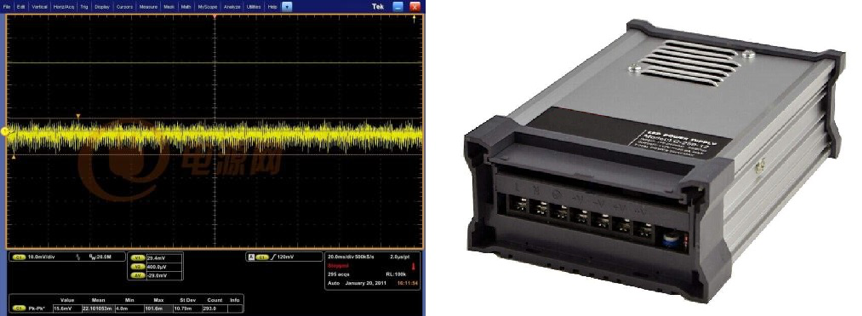The ripple factor, in simple terms, is the peak-to-peak value of the AC component in the DC voltage.

The representation of the ripple can be expressed by an effective value or a peak value, and can be expressed in absolute or relative amount. For example, a power supply operates in a regulated state, its output is 100V5A, and the effective value of the measured ripple is 10mV, which is the absolute amount of ripple.
The relative amount is: ripple coefficient = ripple voltage / output voltage = 10mv / 100V = 0.01%, which is equal to one ten thousandth. The ripple factor, in simple terms, is the peak-to-peak value of the AC component in the DC voltage.
Ripple voltage can affect the operation of the system and bring noise. Therefore, there should be certain requirements for the ripple of this form, and the power supply should have sufficient filtering measures to limit the ripple to a certain range.
For the DC resistance test of the transformer, the narrow pulse reaches a certain height will interfere with the digital or logic control components, which will reduce the reliability and accuracy of the tester. Therefore, the amplitude of the narrow pulse should be limited. For a ripple similar to a sine wave, generally because of its low amplitude, it does not interfere with the control components.
The switching power supply of Kingrun's DC resistance tester series is developed by itself, with independent intellectual property rights, and its ripple coefficient accuracy has reached five ten thousandths, far higher than the precision level of the same industry, and has been the world's top DC resistance. The tester products are on the same level.
Kingrun Transformer Instrument Co.,Ltd.


More Transformer Testers from Kingrun
